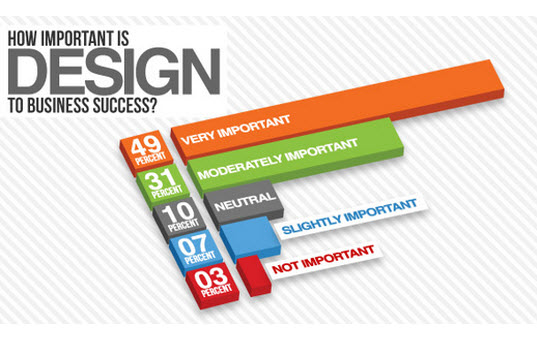Web Site Design Essentials: Tips For Structure A User-Friendly Site
Web Site Design Essentials: Tips For Structure A User-Friendly Site
Blog Article
Staff Author-Scarborough Thrane
When it concerns internet site layout, guaranteeing user-friendliness is crucial. From responsive style to streamlined navigating, every component plays an important function in creating a website that satisfies your audience's requirements. However what concerning the better information that can make or damage a user's searching experience? Keep tuned as we discover some often-overlooked ideas that can boost your website's use to the next level, making it genuinely stand out in the electronic landscape.
Significance of Responsive Style
Receptive design is an essential element of modern-day website advancement. Ensuring your site is receptive means that it can adapt to different display sizes and devices, offering a seamless experience for individuals.
With google maps business profile increasing use of mobile phones and tablets to access the internet, having a responsive design is vital for reaching a bigger target market. It aids in boosting customer experience by making your web site very easy to navigate and read on any tool.
In addition, responsive style can positively impact your online search engine positions, as search engines like Google prioritize mobile-friendly web sites. By having a receptive design, you're also future-proofing your internet site, as new gadgets with differing display sizes continue to arise.
Simplify Navigating Framework
To enhance customer experience and promote very easy accessibility to information on your website, improving the navigating structure is vital. When developing your site, concentrate on developing a clear and user-friendly navigating menu that assists site visitors locate what they're seeking promptly.
Restriction the number of menu things to the fundamentals, organizing associated web pages with each other to stay clear of frustrating customers. Usage descriptive tags that plainly suggest the content of each web page, making it much easier for individuals to comprehend where each web link will certainly take them.
Consider implementing dropdown menus for subcategories to stop cluttering the primary navigating bar. Additionally, consist of a search bar prominently on the page for individuals that favor looking for certain information.
Focus on mobile responsiveness in your navigation layout to guarantee very easy accessibility on all tools.
Enhance Page Tons Rate
Improving web page load rate is critical for maintaining site visitors on your web site. Slow-loading web pages discourage customers and can result in high bounce rates. To enhance helpful resources , begin by maximizing pictures. Compress images without jeopardizing quality to reduce their file dimensions.
In addition, make it possible for web browser caching to store frequently accessed sources locally, accelerating load times for returning visitors. mobile website , JavaScript, and HTML data by removing unnecessary personalities, remarks, and formatting, enhancing tons speed.
Think about utilizing a web content distribution network (CDN) to disperse your web site's web content across several web servers worldwide, decreasing latency for users accessing your website from various locations. Last but not least, restrict the use of third-party manuscripts and plugins, as they can dramatically affect load times.
Final thought
In conclusion, by including receptive design, streamlining navigating, and optimizing web page tons speed, you can develop an user-friendly internet site that appeals to a broader audience and boosts individual experience. These essential elements ensure that visitors can conveniently access and browse your website throughout different tools, resulting in enhanced involvement and fulfillment. By focusing on these crucial elements, you can construct an effective site that keeps customers coming back for more.
